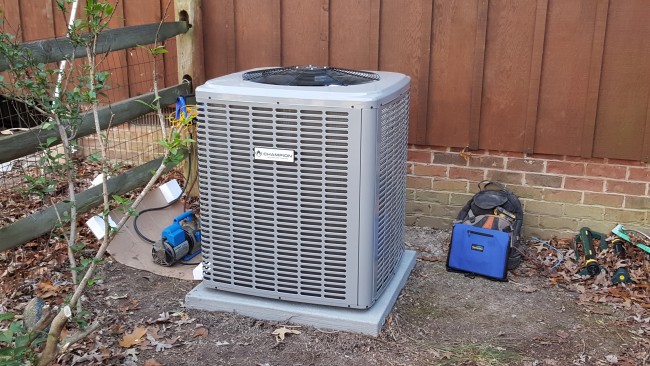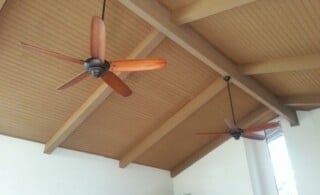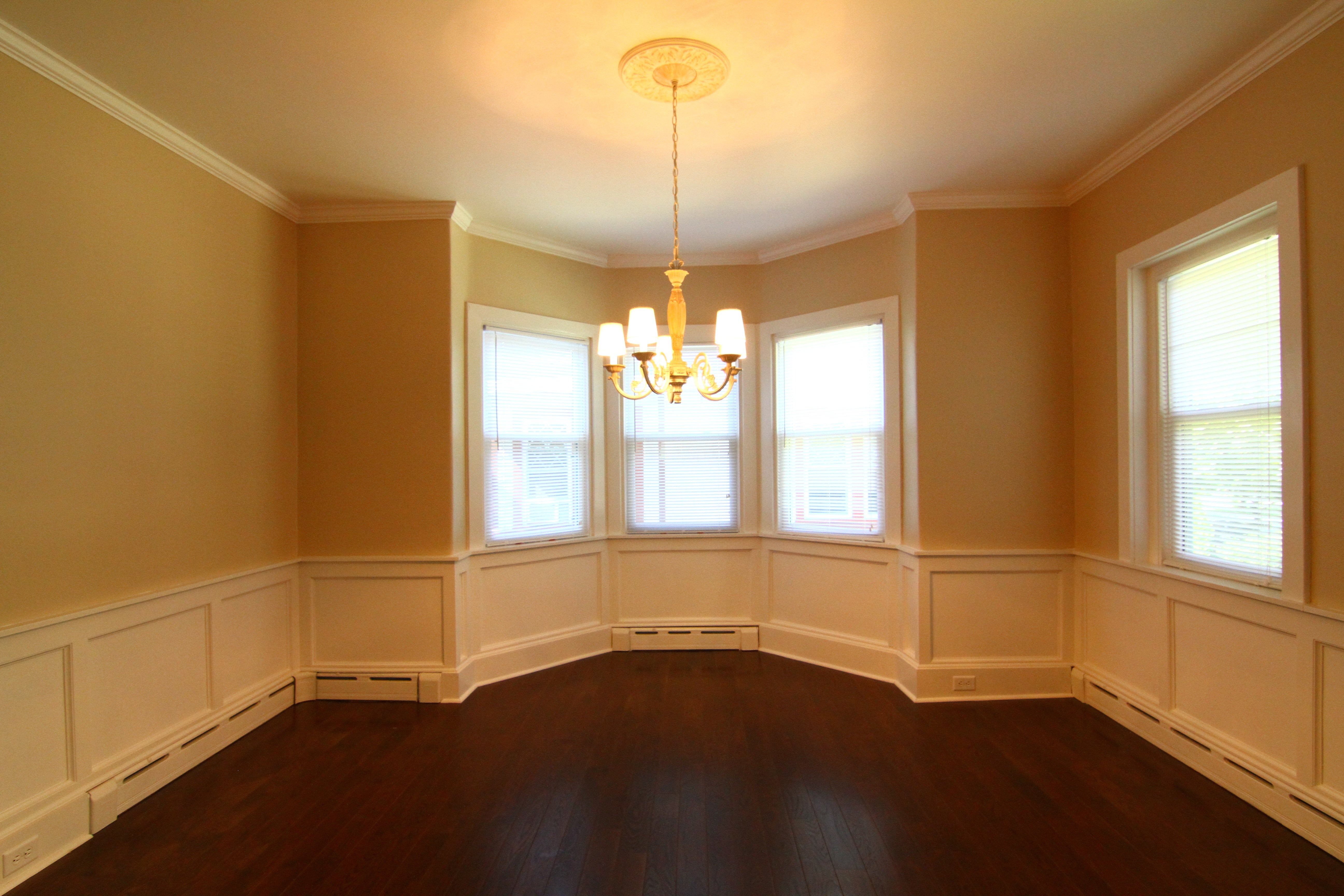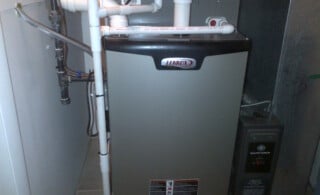
While there are several ways you can upgrade to make your home more energy efficient, home cooling is one of the most energy consuming tasks your house performs and should be one of the first you look at. The following home cooling ideas are applicable in many scenarios; if implemented, they won’t just help you cool your home more efficiently, they’ll save you money, too!
Proper Maintenance for More Efficient Home Cooling
One of the most effective (and most harped-upon) tasks in attaining more efficient home cooling is changing or cleaning your air conditioner’s filter regularly. Though many homeowners already know that the filter should be at least checked once a month during cooling season, there are still plenty of us who simply forget to do it. Changing a filter is easy, and doing it allows your system to draw air more freely; this, in turn, reduces the amount of work your system needs to perform to cool your house, your energy expenditure achieving the desired temperature, and the money it costs to maintain that temperature. Set a date you’ll remember, and check your filter; often the first of the month or the day you pay your electric bill works well.
Though some would have you believe otherwise, more efficient home cooling is often possible without purchasing a new air conditioner unit. Keeping window units and outdoor air conditioning units free of vines, leaves and other debris is a good start, but to make sure that your existing unit is operating to the best of its ability it is a good idea to have it inspected at least once a year. Calling for inspection before cooling season begins can sometimes save you money and scheduling hassle; and whenever you notice a problem it is in your (and your wallet’s) best interest to call in a pro before the issue becomes larger.
Home Cooling Ideas for Homes without Central A/C
For properties without central A/C, energy efficient home cooling is generally a two-fold process of blocking sunlight and increasing air circulation. To block sunlight, replace insect screens with solar screens or add tint film to your windows. You can also install awnings that shade windows in the summer and can be removed or retracted in the winter or plant leafy trees that shade the house in summer, but allow sunlight through when they shed in fall and winter. Large, south-facing windows typically draw in the most heat (in the northern hemisphere), so simply pulling curtains or shades shut on these windows during the day can have a marked effect on how comfortable you interior is.
How much does window tinting cost? Calculate estimate prices.
Simple ceiling fans can go a long way in making a room more comfortable and cost much less to operate than a window A/C unit. The biggest area where ventilation can make a difference, however, isn’t your bedroom or living room: it’s your attic! Having an electrician install an attic ventilation fan to draw hot air away from the living areas in your home can do wonders for your indoor temperatures and is generally a more affordable project than many homeowners would ever imagine. Passive attic ventilation that uses no fans or electricity and solar attic fans that operate on sunny, hot days without affecting your energy bills are also worth considering.
Go Easy on Heat-Producing Appliances
One very practical home cooling idea is to reduce the use of heat-generating equipment such as stoves, ovens, and lighting when the thermometer rises. Of course, you can’t simply ignore the wet laundry in the washing machine or the grumbling of your stomach when it’s dinner time, but if you can schedule the times you use dryers and ovens (two of the biggest offenders) for later in the evening, the heat they create won’t be as uncomfortable.
Get the Best Rates on Electrical Service
For many of us, efficient home cooling is less about conserving energy and more about lowering bills. To reduce the drain on your wallet, look for time-of-use discounts that reward you for switching power use to off-peak hours such as evenings and weekends. Peak-demand rationing gives you a discount for allowing the utility to turn off your air conditioning for short periods during peak-demand periods. Another avenue that some folks find better fits their budget is opting for bill averaging, which yields a statement that is the same every month, allowing you to spread costs throughout the year. Both peak demand hours and bill rationing information are worth looking into for anyone who would like to better their budget; your local utility company will be able to tell you if either of these programs are available in your area.
 5 Home Improvements to Beat the Dog Days of Summer
5 Home Improvements to Beat the Dog Days of Summer  Cool Ways to Stay Warm: Winter Energy Saving Tips
Cool Ways to Stay Warm: Winter Energy Saving Tips  Ceiling Fan Installation
Ceiling Fan Installation  Baseboard Heating Options & Benefits
Baseboard Heating Options & Benefits  Forced Air Heating Systems – How They Work & Options
Forced Air Heating Systems – How They Work & Options 

Are You Familiar With This Topic? Share Your Experience.